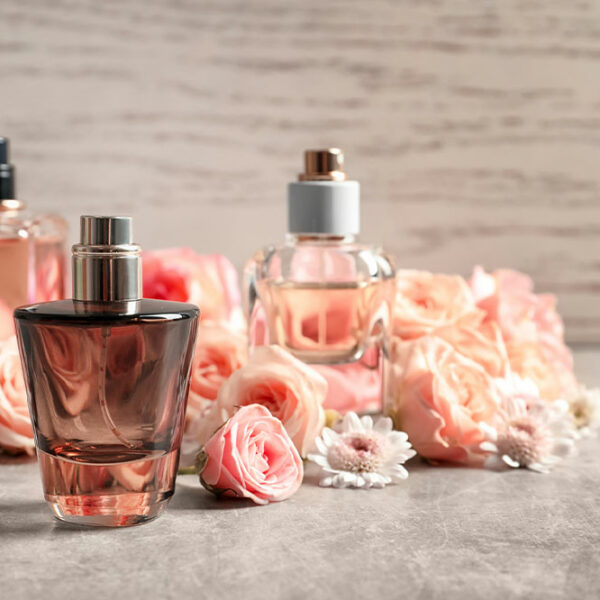
Understanding fragrance families and how are perfumes made
Smelling good can help alleviate your mood, increase confidence, mask body odor, and even leave a remarkable impression on those around you. People have used perfumes and fragrances since ancient times, and the earliest recorded perfumery dates to the second millennium BC in Mesopotamia. Perfumes are made from a wide range of fragrant substances and aromatic compounds derived from plant and animal sources. Today, perfumes and fragrances are also manufactured from synthetic materials. Fragrance families Understanding different types of perfumes and scents can help you pick the one that suits you. Fragrances are usually categorized into families on the basis of their ingredients and dominant themes. Some popular plant sources for fragrances include flowers, fruits, tree bark, seeds, wood, roots, resins, and leaves. Some perfumes are also extracted from animal sources, such as ambergris, which is secreted by the sperm whale, musk from the Himalayan male musk deer, and honeycomb from bees. The major families of fragrances are: Floral: These fragrances are very commonly used in creating perfumes. A wide range of flowers, including roses, jasmine, mimosa, narcissus, cassie, and scented geranium, are used to create perfumes and fragrances. Single floral: This is when a single flower’s scent is used to create a fragrance.